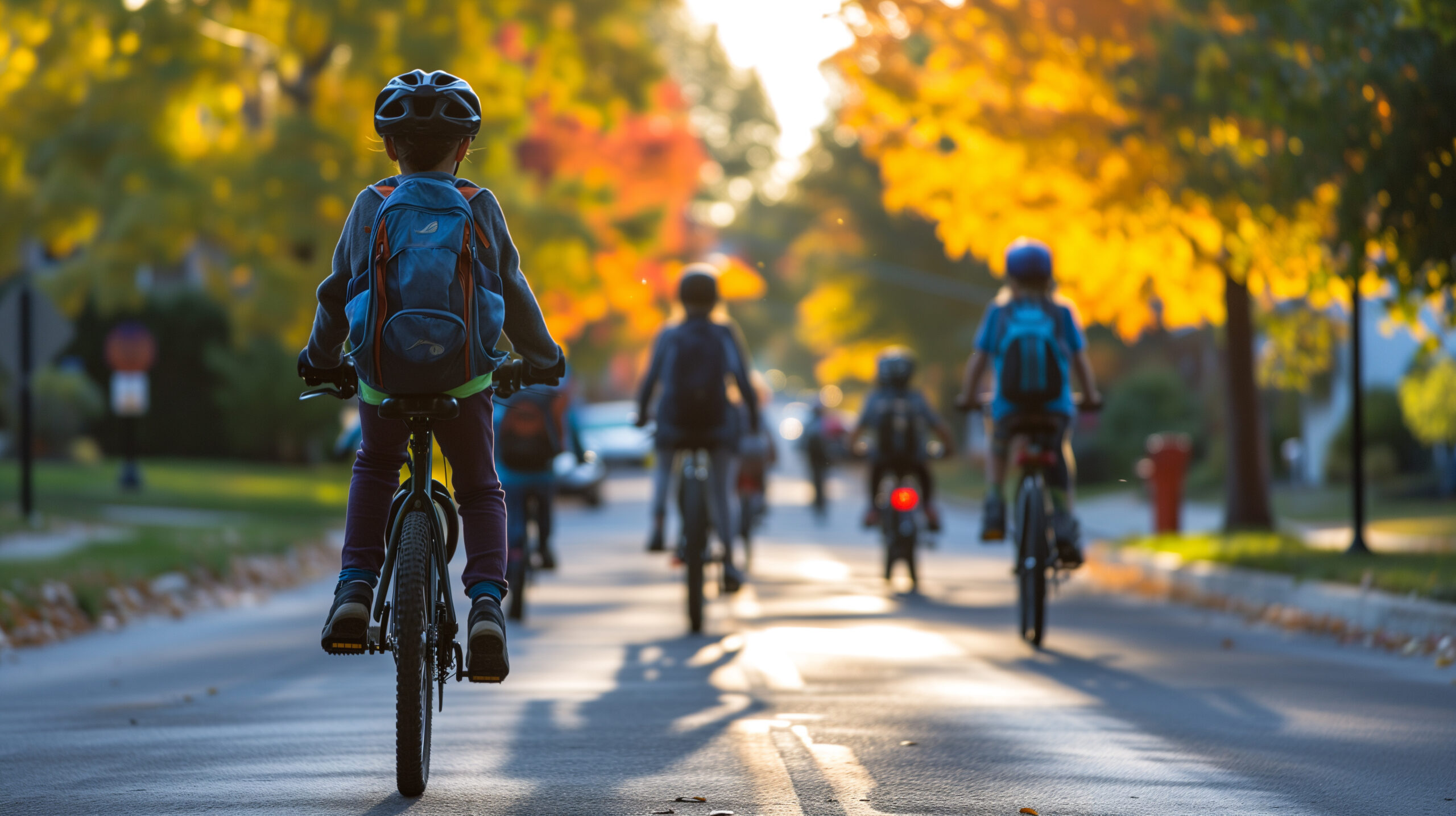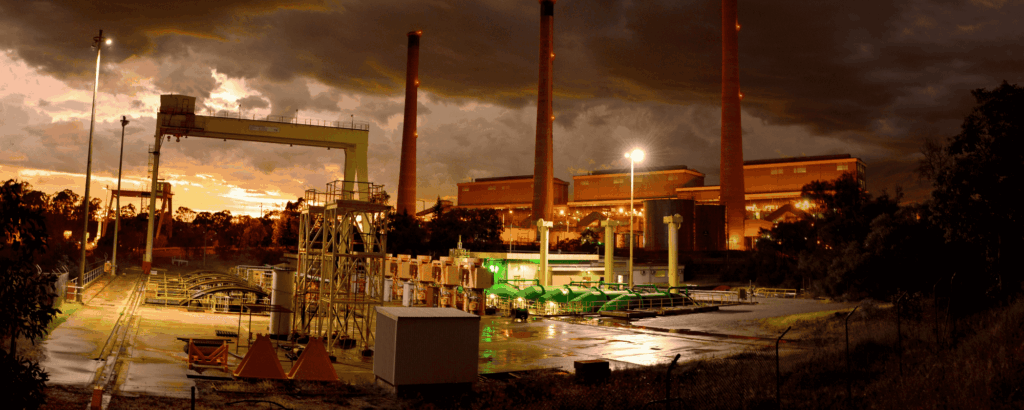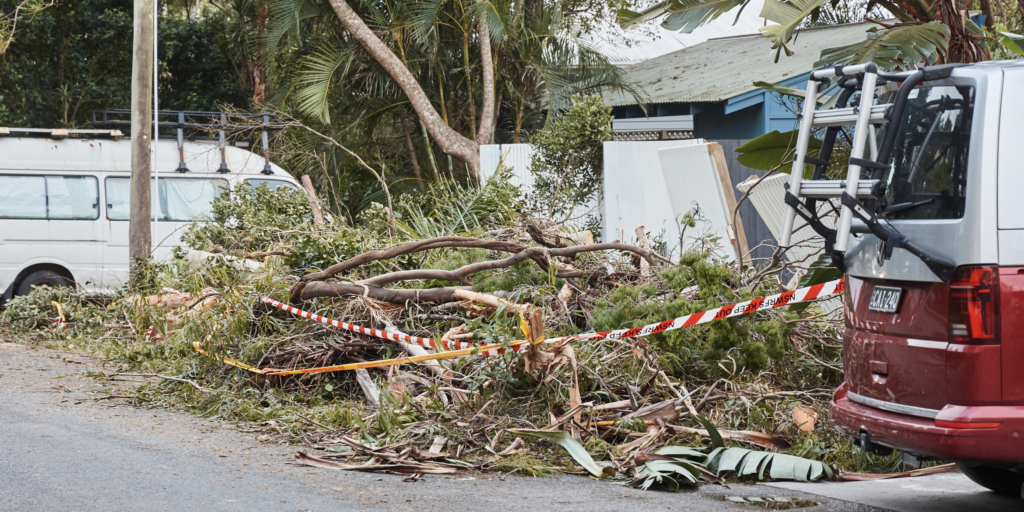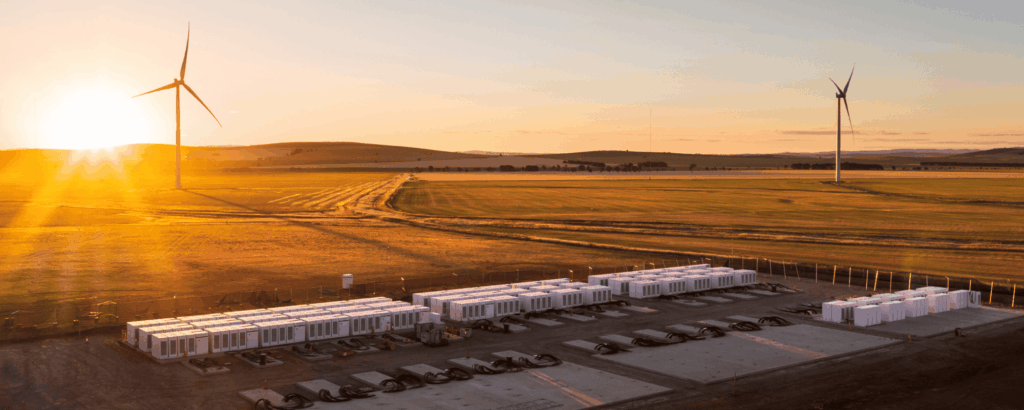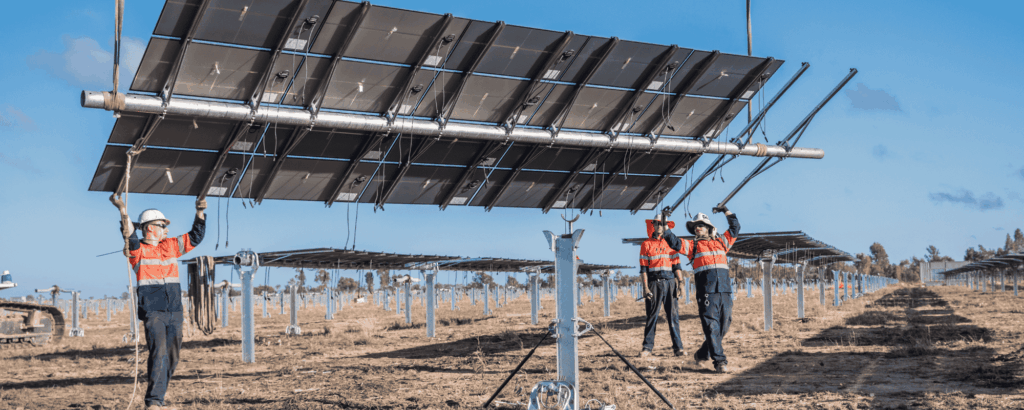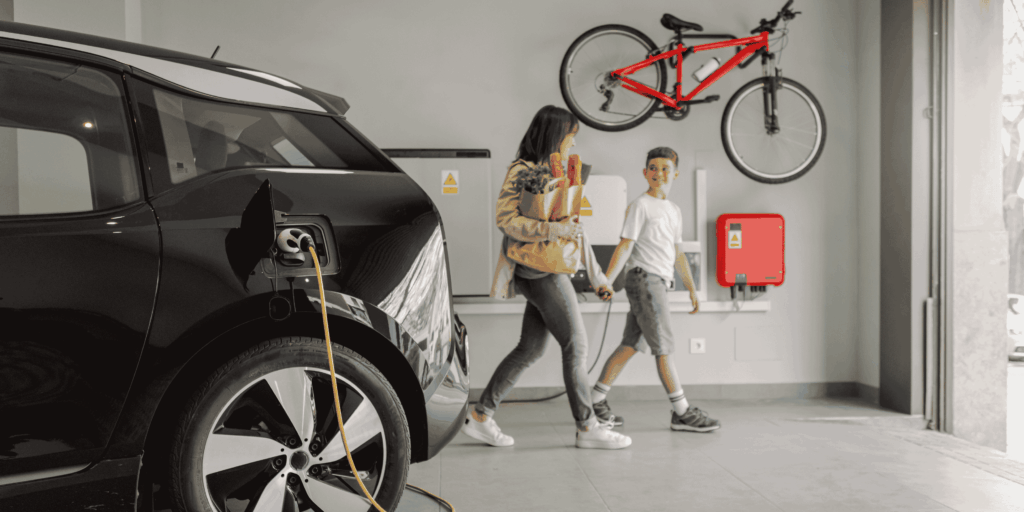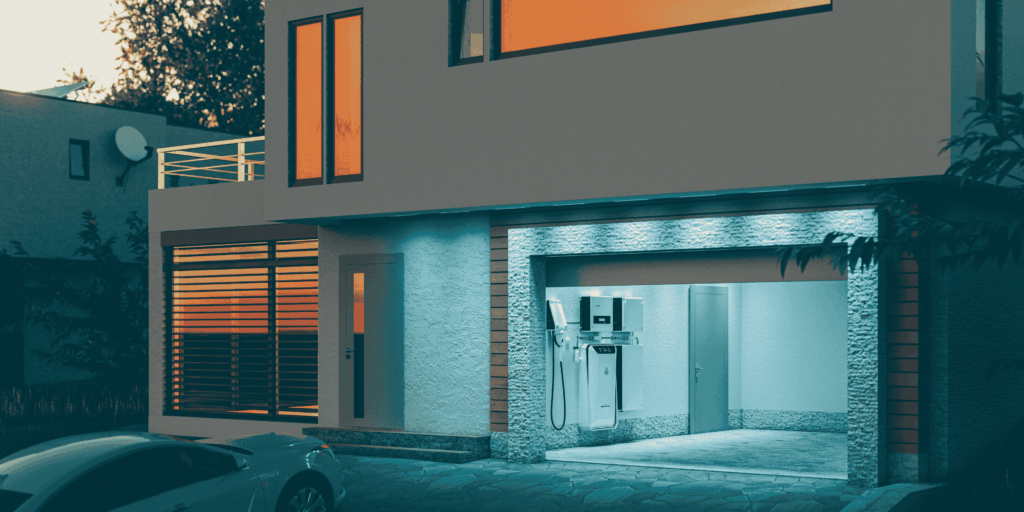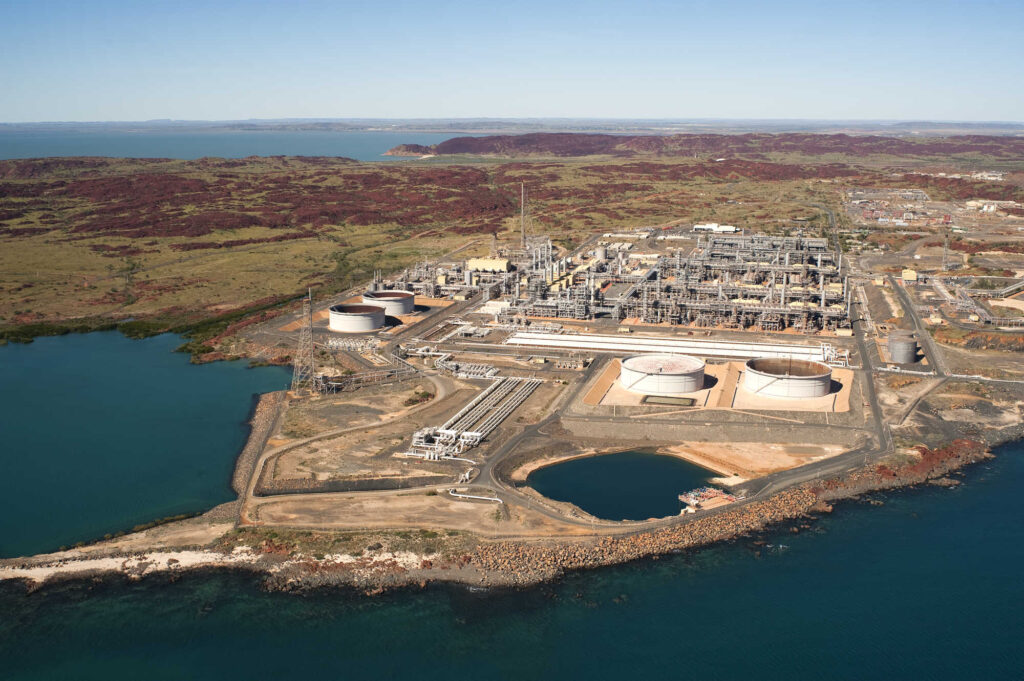Transport is Australia’s second largest source of climate pollution and, if we fail to do anything about it, will become our largest source of pollution by the end of the decade. Road transport, like cars and trucks, makes up 83% of this pollution.
For decades, governments have prioritised private cars. The result is that, too often, people have no other way to get around. So, what can we do about it?
Shared and active transport: the fastest way to cut transport pollution
Empowering more Australians to use shared and active transport more often is our biggest opportunity to cut climate pollution from transport this decade, while simultaneously delivering a range of health and lifestyle benefits.
Let’s break it down.
1. More shared and active transport means faster cuts to climate pollution.
By prioritising shared and active transport, we can cut climate pollution from transport by more than 50% by the end of this decade.
Globally, about 70% of climate pollution comes from cities. People in cities live closer together and travel shorter distances compared to people living in regional and rural areas, meaning they can use shared and active transport more easily. Therefore, our cities can play an important role in cutting climate pollution.
Greater uptake of electric vehicles is important, but there is a limit to how quickly we can electrify Australia’s vehicle fleet, and this is unlikely to happen fast enough to deliver the cuts in climate pollution we need this decade to avoid the worst impacts of the climate crisis.
2. Half of Aussies living in our biggest cities DON’T have access to convenient, frequent and reliable transport – but would use it more if they could.
At the moment, our car-centric transport system leaves too many Aussies stuck in traffic, because they have little choice in how to get around. Only around seven percent of passenger trips are via public transport and less than four percent are made by walking or bike riding.
Australians want better transport options and more choice. Climate Council has found that 80 percent of people want governments to invest more in public transport, and 67 percent want more investment in active transport infrastructure.
3. More shared and active transport trips will improve our health, wellbeing and way of life.
Besides producing a lot of climate pollution, road transport is a significant source of air pollutants like nitrogen oxides and particulate matter. These pollutants can cause lung and heart diseases, and even premature death. Enabling more people to use shared and active transport will deliver cleaner, healthier air with flow-on benefits for public health.
Shifting to more shared and active travel will take cars off our roads, reducing the number of crashes and serious accidents and improving overall road safety.
Transport connects people to education, employment, friends and family, and boosts access to essential services and other opportunities. More use of shared and active transport can increase incidental physical exercise, while active commuting has been associated with decreased risk of heart disease and cancer.
Cars cost a lot to run and maintain. The average Australian household spends more than $22,600 on transport annually. By contrast, public transport is cheap and active options like walking are free.
Email your State Transport Minister to tell them you want better access to shared and active transport, to get climate pollution and costs plummeting!
Three things our governments can do to make shared and active transport more available, convenient and easy to use.
1. Prioritise moving people, not cars, in all transport and urban planning.
Traditional transport planning follows a hierarchy, where cars are accommodated first and pedestrians and bike riders share whatever space is left. To create healthier communities where Australians have cleaner, safer travel options, we have to do things differently.
Governments can plan our cities and design our transport systems by prioritising shared and active travel as the most efficient travel options, capable of moving the most people, while taking up the least amount of space.
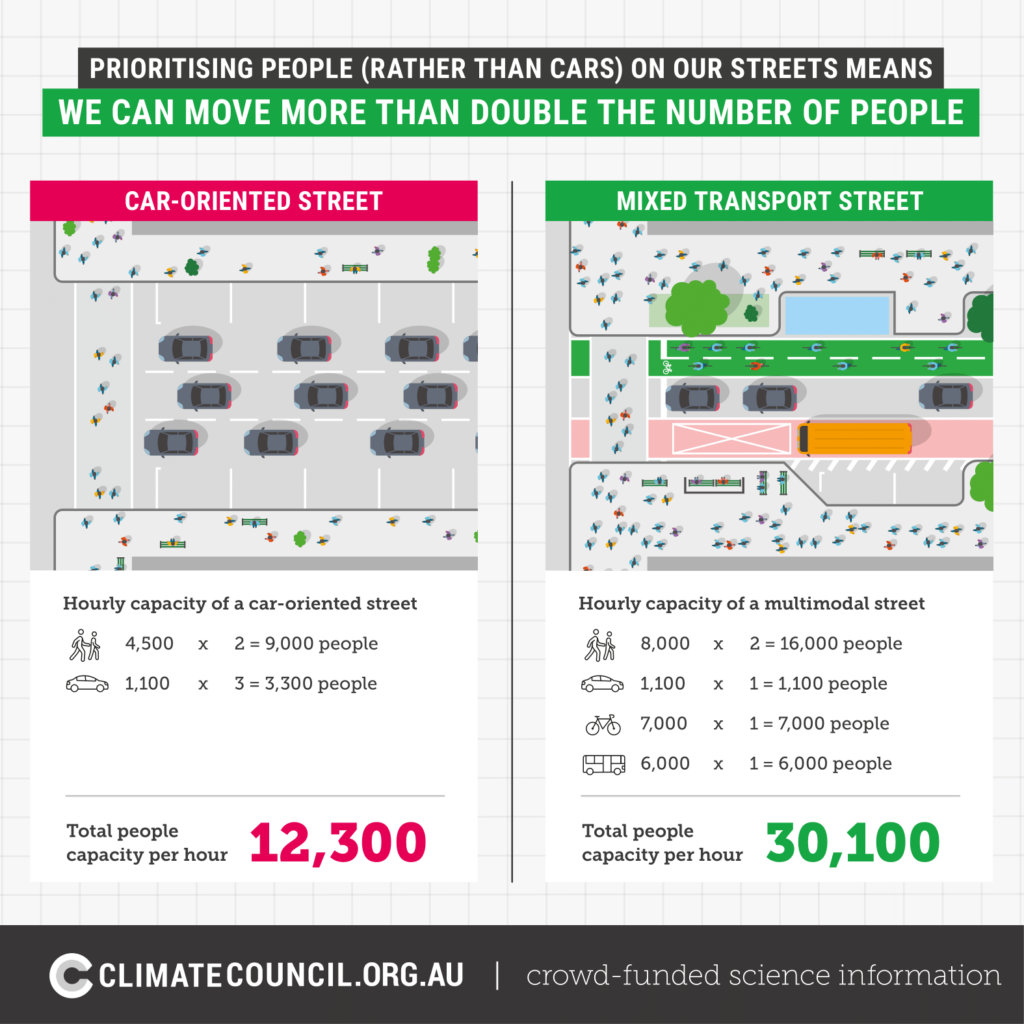
The Australian Government is currently designing its Transport and Infrastructure Net Zero Roadmap. Delivering a transport system that enables more people in our cities to use shared and active transport more often, and facilitates increased uptake of electric vehicles and related infrastructure for people who live and work in our regions, will be key to its success.
2. Prioritise investment in transport options that enable more people to use shared and active transport, more often.
At the moment, a disproportionate share of transport infrastructure spending goes into roads – particularly when it comes to new projects. To boost shared and active transport, we need a structural shift towards investing in cleaner, more efficient options. This can happen at all levels of government.
International best practice shows that 20% of all transport budgets should be dedicated to active transport. At the moment, most Australian states and territories allocate less than 2% of their budgets on active transport infrastructure, like footpaths and bike lanes.
This approach to investment needs to be turned on its head. Standalone active and public transport projects and consistent spending to improve existing services must be clearly prioritised across government transport budgets.
3. Recognise shared and active transport as the central solution to slash transport pollution, and align climate targets accordingly.
Delivering a transport system that allows more goods and people to be moved via shared and active transport is the number one climate solution for transport.
We have the opportunity to slash climate pollution from our transport system in a way that provides better choice and access in how we get around, cuts household bills, cleans up our air, improves our overall standard of living, and is resilient to the impacts of climate change already unfolding.
By capitalising on the solutions available today, we can quickly shift away from polluting ways of moving from A to B and cut pollution from transport by more than 50% this decade.
Sick of being stuck in traffic? Use our simple tool to email your State Transport Minister to tell them you want better access to shared and active transport, to get climate pollution and costs plummeting!

